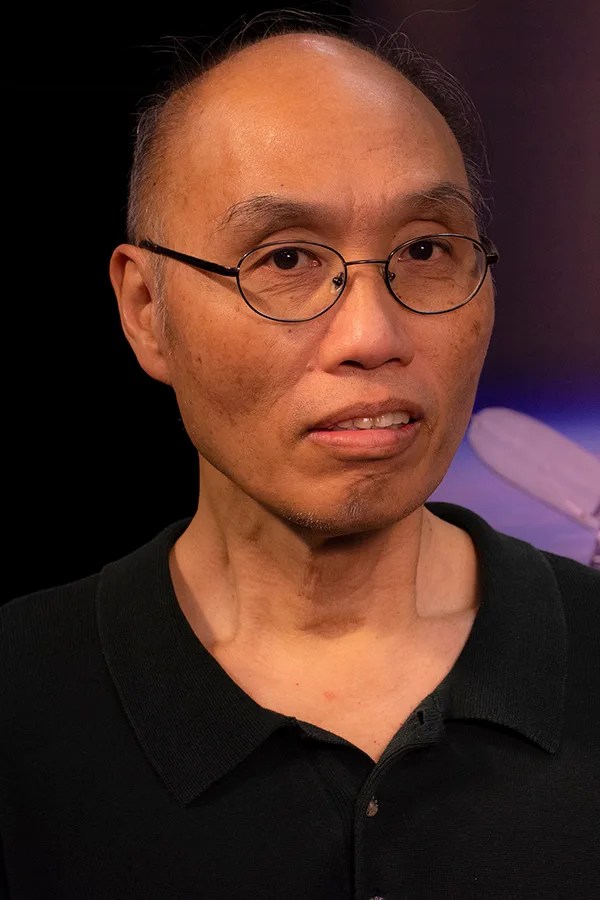
Ed Moy
Safing Engineer
Ed Moy works on two important elements of the Hubble Space Telescope: how it points, and what happens when something goes wrong.
Pointing the Hubble Space Telescope isn’t like pointing a telescope on the ground. It involves many parts: sensors that gather information from the Sun, actuators that rotate the telescope, gyroscopes that measure the direction the telescope is turning, and more.
Ed helped develop and continues to work on the pointing control system. “Without the ability to point the vehicle you’re not going to get your science,” he noted. “It’s required that you try to get in the vicinity of the area where the scientist wants it to point. But nothing is a straight line when maneuvering in space.”
Ed worked on Hubble’s launch at the Marshall Space Flight Center in Alabama in 1990, serving as lead pointing-control engineer. But even before Hubble went into orbit, starting in 1986, he was working as a research engineer with the company Lockheed Martin to develop the backup “safe-mode” computer that takes over when Hubble has a problem.
Hubble is a machine controlled by computers that’s been whirling around Earth for decades. And like all machines and computers, it sometimes has technical issues. When it does, the safe-mode computer puts Hubble into a type of hibernation, turning off whatever isn’t strictly needed to keep the telescope running off its batteries and solar arrays. This gives the engineers back on Earth time to figure out what’s wrong and fix it.
After Hubble’s launch in 1990, the telescope experienced problems with jitter, or vibration, caused by the flexible solar arrays, which made it hard for the telescope to make observations during certain times. Ed helped develop and test filters — added to Hubble via computer code — that would cancel out the jitter. The solar arrays were eventually replaced with a more stable set in 1993.
As safing systems engineer at Goddard Space Flight Center in Maryland, Ed has supported all of Hubble’s servicing missions, visits to the telescope by astronauts who installed improved technology and made repairs. His work included developing procedures for analyzing and planning for problems prior to the missions, as well as providing support during the actual missions.
He continues to work on the daily operations, testing and analysis of Hubble’s pointing control system as well as systems designed to keep the telescope safe. The two tasks come together in his efforts on Hubble’s gyroscopes, which are used to help point the telescope.
Hubble has six gyroscopes in all. Usually, three are working and three are saved as backups to take the place of a malfunctioning gyroscope. Hubble’s gyroscopes get a lot of use and eventually wear out. So Ed has helped improve the safe-mode design by developing and testing multiple ways to use Hubble with two gyroscopes or only one — or possibly even no gyroscopes at all.
Working with so many different aspects of the telescope is part of what makes the job so interesting, Ed said. “I get to interface with a lot of subsystems and try to understand how they work on the vehicle and how to bring them back to life from a safe mode.”
The variety of his job was part of what drew him to NASA to begin with. “I like mechanical things, but at the same time it’s electrical — so it’s like a combination of being a mechanical engineer and an electrical engineer. I get to keep a hand on both sides.”
Ed obtained a bachelor’s degree and master’s degree in mechanical engineering from the University of Rochester in New York. He then got a master’s degree in electrical engineering from Santa Clara University in California.
Working for Hubble, he enjoys seeing the solutions he creates on the ground function on the telescope. “It’s one thing to do it in a laboratory,” he said. “It’s another to see that it works for real. The Hubble operations and engineering teams always seem to be able to perform the impossible. It is very rewarding to work daily with such a capable crew, and to know that our work enables major astronomical discoveries.”

